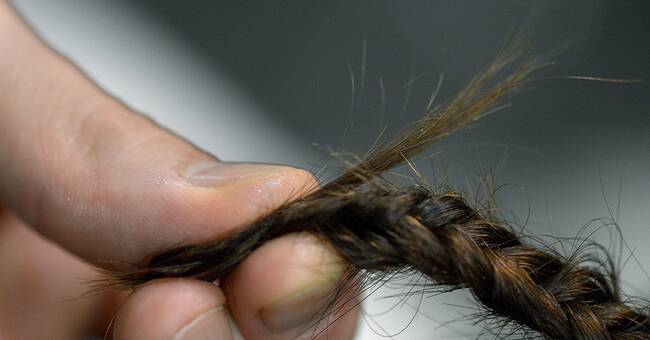The life of the hair follicle is divided into three phases - anagen, catagen and telogen.
The telogen phase is the dormant phase.
During severe stress, the hair follicle stays in the dormant phase, which means that no new hair is produced.
It shows a new study in the journal Nature.
Link between stress and hair growth
Maria Kasper researches cell and molecular biology at Karolinska Institutet and has read the study.
- The researchers can, among other things, show the connection between stress and stunted hair growth in mice.
Without the adrenal gland, which produces stress hormone, the mice regained their hair growth, says Maria Kasper.
Important protein restored hair growth
Inside the hair follicles are stem cells that are activated each time a new hair cycle starts.
Stress hormone seems to reach the hair follicle, which causes the stem cells to rest and no new hair is produced.
The researchers behind the study wanted to know how the stress hormone reached the hair follicles and what they could do about it.
They started looking at a certain protein called GAS6.
GAS6 stimulates hair growth by activating the stem cells in the dormant hair follicles.
- The researchers added the protein in both stressed and non-stressed mice.
They also added the protein in mice that were given extra stress hormone and in all mice the hair growth was restored, Maria Kasper explains.
Hair loss remains a mystery
The discovery lays the foundation for further studies on hair loss in humans, where it can be investigated whether the stress hormone in mice is equivalent to human cortisol.
- Many men and women experience hair loss and why it happens is still unclear.
What is known is that it probably has to do with hormones, Maria Kasper explains.

